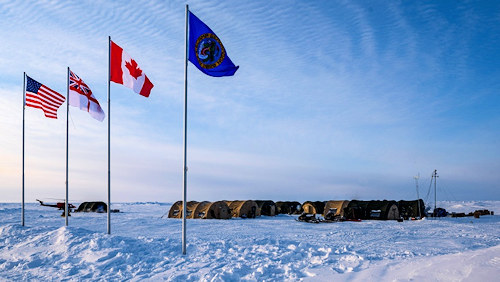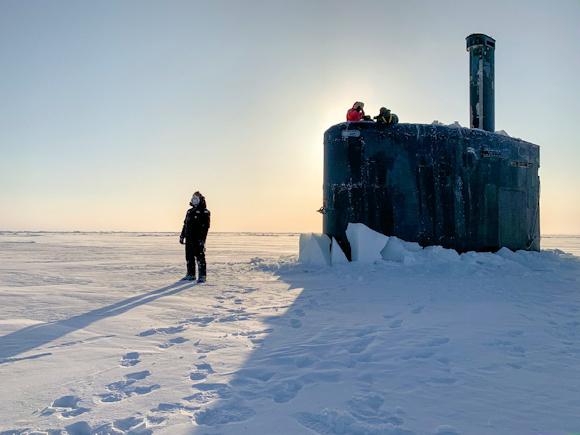The head of naval operations, the adm. Mike Gilday and members of the United States Congress, during the virtual Symposium of the Surface Navy Association 2021 (SNA) held on January 11, answered the question regarding the request for specific ships to operate in the Arctic or whether any of the future US Navy warships such as the Littoral Combat Ships (class Freedom and class Independence), class destroyers Arleigh Burke (Flight IIA and later) or the Littoral Combat Ships (class Constellation) will undergo hull strengthening interventions to support operations in the region's freezing waters.
Admiral Gilday believes that the current fleet of US Navy surface warships, built without hull reinforcement modifications, is sufficient for operations in Arctic environments. Furthermore, the recent exercises have demonstrated and proved that the US Navy will be able to carry out any type of naval operation also thanks to future programs that will be developed.
Admiral Gilday also noted that the United States Navy has participated in at least 20 Arctic exercises, including ICEX.
ICEX 2020 is a two-year, three-week exercise that offers the US Navy the ability to assess its operational readiness in the Arctic region and train with other state agencies, partner and allied nations to increase experience in challenging conditions. of the region, in addition to maintaining stability in the area, improving the ability to operate in the glacial environment.
For more than 70 years, US submarines have conducted ice-cold operations in the region in support of fleet transit, training and cooperating with allies. The US Submarine Force has conducted approximately 100 Arctic exercises.
 One of the most recent occurred in March 2020 when the class attack submarine Seawolf USS Connecticut (SSN-22) sailed from Bremerton in Washington State and the class attack submarine Los Angeles USS Toledo (SSN-769), which instead took to the sea from Groton in Connecticut, have conducted various activities in the Arctic region, such as emerging from under the polar ice cap at Ice Camp Seadragon (photo).
One of the most recent occurred in March 2020 when the class attack submarine Seawolf USS Connecticut (SSN-22) sailed from Bremerton in Washington State and the class attack submarine Los Angeles USS Toledo (SSN-769), which instead took to the sea from Groton in Connecticut, have conducted various activities in the Arctic region, such as emerging from under the polar ice cap at Ice Camp Seadragon (photo).
Congressman Rob Wittman, ranking member, of the subcommittee of the Chamber Armed Services on Seapower and Projection Forces, considers an American surface naval presence vital to discourage Russia, also stressed that the futures Polar Security Cutter of VT Halter Marine destined for the US Coast Guard will be important in fulfilling this "Arctic presence role." Subcommittee chairman Congressman Joe Courtney spoke in support of Wittman's claims, saying that the US Coast Guard is committed to raising awareness and making the people, the government and the US Navy understand the importance of the Arctic.
Finally, the US Department of the Navy last week released its strategic blueprint for the Arctic titled "Blue Arctic" which provides a blueprint for the next two decades and outlines strategic guidance on how the Department will apply naval power in the region. arctic.
Photo: US Navy












